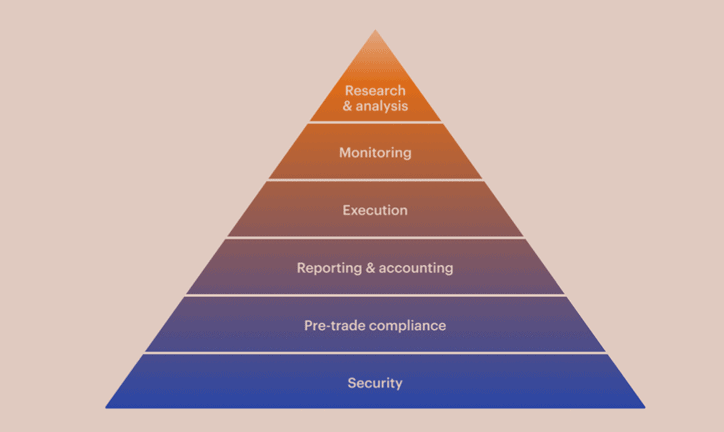Decentralized finance (DeFi) is fundamentally focused on providing universal access to revolutionary financial technology to anyone with an internet connection. Despite surging to the forefront of the cryptocurrency sector over the past few years, there is still tremendous room for growth in the DeFi space, for both institutional and retail adoption alike. According to Consensys, the market cap of all DeFi protocols (US$149 billion at the end of December 2021) is less than 1% of that of global banks.
Despite the billions of dollars in the DeFi space, today, the number of DeFi users remains relatively low. As reported by Messari Research in February 2021, there were only around 100,000 daily active wallets on Compound Finance (one of the largest DeFi protocols) vs. nearly 700 million PayPal wallets globally. Metamask surpassed 10 million global users in August of 2021, but despite this growth, they have a lot of room left to catch up to the reach of traditional finance players such as Paypal. This data proves that despite surging growth in 2020 and early 2021, the DeFi space still has a long way to go before it is adopted by the masses and institutional investors.

Cryptocurrency, DeFi included, faces challenges that are not posed in traditional finance markets. There is no precedent for how digital assets should be valued or regulated, and regulatory uncertainties have cast a looming shadow over the overall sector. Further, users must establish custody of their tokens, safely store their private keys and take responsibility for their own funds, essentially playing the role of being their own bank. The current DeFi model exposes users to tremendous risk if they do not understand what is happening under the hood of each protocol or how to navigate a user interface (UI) that is constantly changing in real-time.
Institutional investors are particularly deterred by crypto assets volatility, security and compliance issues. In their 2021 Institutional DeFi report, Consensys highlighted these main areas of concern when it comes to institutional deterrents to DeFi adoption: security, compliance, reporting, execution, monitoring and research — meaning, how to better understand the DeFi ecosystem.

Bridging the gap
In order to attract institutional investors into DeFi, we need to provide a user experience that is more akin to traditional finance products. This starts by making the DeFi space more user-friendly and easier to understand for newcomers and institutions alike. We can do this by:
- A/B testing UI to provide the best user experience for DeFi users, whether they are retail or institutional investors.
- Creating simple interfaces that allow newcomers and expert traders to access DeFi products easily with a streamlined onboarding process.
- Making smart contracts intuitive enough so that users can clearly understand what’s happening under the hood of a DeFi protocol.
- Transparent and safe storage of private keys, multi-sig capabilities and private key recovery.
- Working together with local AML regulatory bodies to create reasonable regulations that make sense for both institutions and retail investors.
- Allowing users to see parameters such as collateralization ratios and interest rates in real-time on each DeFi protocol. Users should be able to deposit or withdraw tokens, pay back loans or rebalance their portfolio with a simple click of a button without having to go into complex code or multi-layered UIs filled with crypto jargon.
- Providing a safe and secure wallet that allows users to easily deposit, trade, exchange their tokens, and pay back loans all in one place.
By creating a more user-friendly DeFi experience, we will be better positioned to attract institutional investors into the space who are looking for clean UI and UX along with simple interfaces. Not only will this be beneficial for bringing new users into the space, but it also helps them understand what they are doing once they get there. This will help promote greater acceptance of DeFi at large as well as improve end-users understanding of how these products work — which ultimately will help grow cryptocurrency adoption overall.
Looking ahead
A seamless user experience is a key to attracting institutional investors into the DeFi space, and ultimately helping cryptocurrency reach mass adoption. By providing a world-class user experience, we can help grow the DeFi ecosystem and make cryptocurrency more accessible to everyone.
Keep in mind that we are still early on in this space. DeFi is a burgeoning market with tremendous room for growth, and it will continue to evolve rapidly over the next few years. We have seen incredible advancements as of late, but these are only the beginning.
The ability to create more seamless user experiences within DeFi is what will ultimately drive institutional adoption across all cryptocurrencies and digital assets. As more users understand how these protocols work, they will feel safer trading within them. The end result will be greater trust not just among retail investors, but with institutions who have been hesitant thus far due to a lack of understanding, clunky DeFi UI’s, or a lack of trust in DeFi protocols at large.




